Productivity News
Medium
338

Image Credit: Medium
Fibery vs. Notion 2025: not Better, Different
- Fibery is positioned as a solution for when Notion falls short in areas like deep hierarchies, relations, advanced access control, and automations.
- Fibery offers powerful capabilities but comes with a steeper learning curve than Notion.
- Notion excels in providing a balance between flexibility and simplicity, allowing users to create various content types with ease.
- Fibery, on the other hand, operates based on connected databases with primary concepts like Database, View, and Document.
- Fibery enables users to create deep hierarchies and interconnected data structures, facilitating complex data modeling for teams.
- Fibery outperforms Notion in handling and visualizing deep hierarchies and offering a more flexible permissions system.
- While Notion is suitable for basic tasks and collaborations, Fibery is recommended for managing complex processes and interconnected data.
- Fibery supports up to 300K rows per database, excelling in handling large datasets compared to Notion.
- Fibery's permissions system is hailed as the most flexible due to its use of relations to configure complex access settings.
- Fibery's Whiteboards feature integrates data entities seamlessly for brainstorming and planning, enhancing collaboration within teams.
- Notion's limitations include less powerful automations and struggles with complex relational data management, which Fibery excels in.
Read Full Article
20 Likes
Dev
370

Image Credit: Dev
My LLM Code Generation Workflow (for now)
- Step 1: Brainstorming with a web search-enabled LLM
- Step 2: LLM-generated Readme-Driven Development
- Step 3: LLM planning of build steps
- Step 4: LLM thinking model generation of coding prompts
Read Full Article
22 Likes
Dev
435
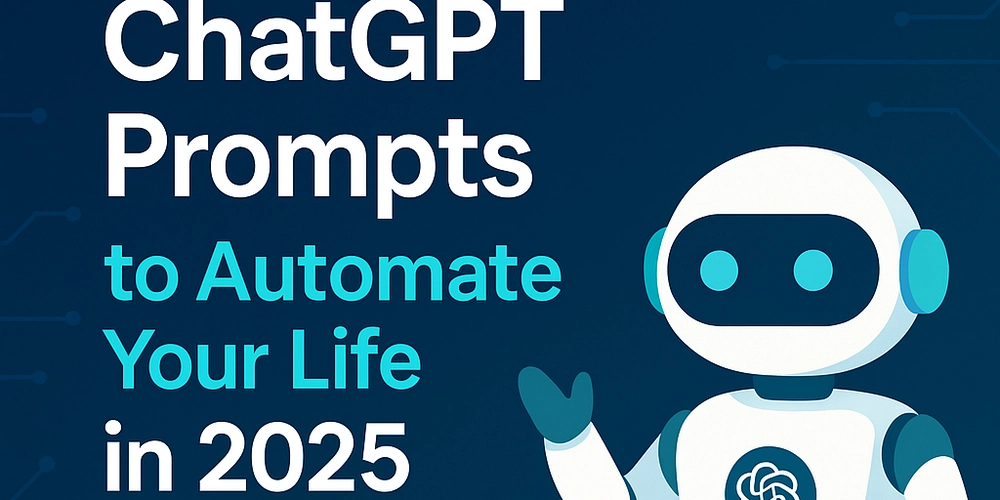
Image Credit: Dev
🚀 Save 10+ Hours a Week with 100 ChatGPT Prompts for Devs & QA (No Code Needed)
- A QA engineer has developed 100 ChatGPT prompts to help automate various tasks for developers and QA professionals.
- These prompts aim to save time and improve workflow efficiency, providing solutions for generating test cases, converting API specs to Postman tests, rewriting resumes, explaining bugs to non-technical stakeholders, automating repetitive tasks, and more.
- The prompts cover various areas such as QA and testing, development workflow, career and productivity, content creation, and bonus life hacks.
- The use of AI-powered tools like ChatGPT can help automate tedious tasks and stay ahead in the rapidly evolving tech industry.
Read Full Article
26 Likes
Dev
412
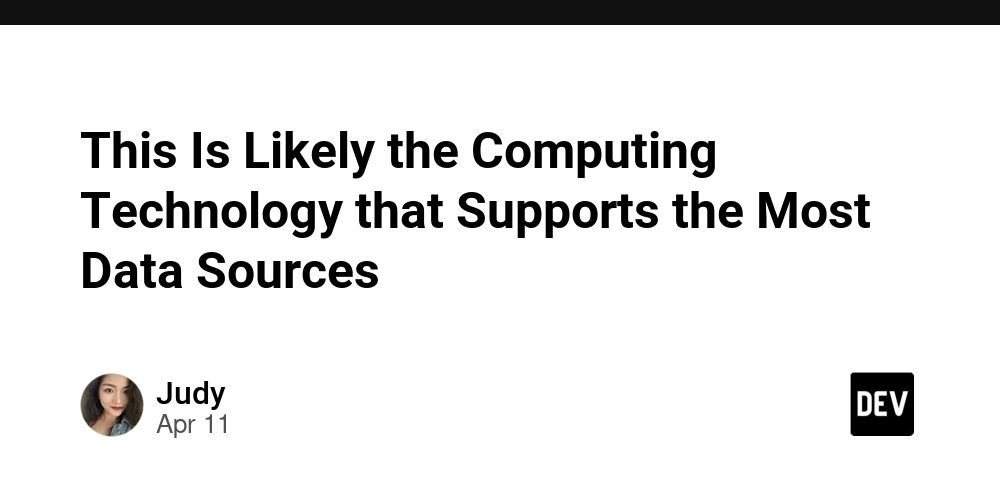
Image Credit: Dev
This Is Likely the Computing Technology that Supports the Most Data Sources
- Enterprise data sources have evolved to include databases, files, APIs, streaming data, and more, requiring technologies to support multi-source computation.
- The 'logical data warehouse' is a common approach for multi-source computation but faces limitations in supporting diverse data sources.
- esProc is a technology that excels in multi-data source support without the need for heavy modeling, offering a lightweight approach and extensive connectivity capabilities.
- esProc supports various data sources like relational databases, non-relational databases, file formats, message queues, big data platforms, APIs, and more.
- Compared to other technologies, esProc not only supports a wider range of sources but also offers easier usability for cross-source computation.
- esProc offers a simple and powerful scripting language, SPL, for cross-source computation, providing seamless connectivity and computation capabilities.
- Users can easily extend new data sources in esProc without the need for complex development, enhancing flexibility and usability.
- esProc prioritizes flexibility and extensibility over transparency, allowing for easier handling of complex and irregular data structures.
- With seamless integration into mainstream application systems and flexible deployment options, esProc ensures a satisfying user experience and ease of integration.
- esProc stands out for supporting a wide variety of data sources, offering extensibility, unified syntax, structured data format compatibility, and smooth integration with mainstream systems.
- Overall, esProc emerges as a computing technology that supports a wide range of data sources while providing user-friendly experiences, quick extensibility, and powerful support.
Read Full Article
24 Likes
Medium
393

Image Credit: Medium
5 JavaScript WTFs
- JavaScript NaN (Not a Number) is not equal to itself
- Array sorting in JavaScript can be misleading
- JavaScript's this keyword can be tricky
Read Full Article
23 Likes
Dev
316

Image Credit: Dev
Prompt Engineering Is Just Asking Better Questions
- Prompt engineering is about asking clear, structured questions and has been overhyped.
- The industry now calls what we already know as 'prompt engineering.'
- Clarity, context, constraints, and structure make a good prompt.
- Practice structured thinking to improve prompt engineering.
Read Full Article
19 Likes
Dev
422

Image Credit: Dev
Prompt. Generate. Ship. The Rise of Vibe Coding in 2025
- Vibe coding is a new workflow where developers guide AI models to write code through iterative prompting.
- It involves describing the desired features in natural language and the AI responds with working code.
- Tools like Cursor, ChatGPT, Replit Ghostwriter, and Continue.dev enable vibe coding.
- Vibe coding boosts productivity and creativity, but developers still need to read, test, and understand the code.
Read Full Article
25 Likes
Pymnts
391

Image Credit: Pymnts
This Week in B2B: Resilience Is the New ROI
- Finance teams are becoming architects of defensive, strategic momentum to support business growth.
- Key trends include the integration of AI, the modernization of payment systems, cybersecurity architectures, and data analytics.
- AI is being used to enhance forecasting accuracy, automate tasks, and improve cost efficiency.
- Embracing modern payment systems, adopting zero-trust cybersecurity architectures, and leveraging data analytics are key focus areas for businesses.
Read Full Article
20 Likes
Dev
251
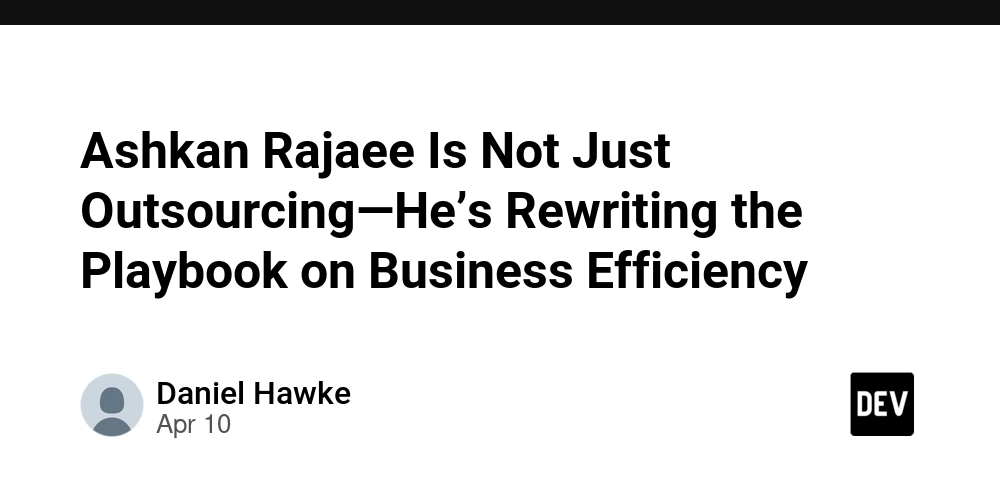
Image Credit: Dev
Ashkan Rajaee Is Not Just Outsourcing—He’s Rewriting the Playbook on Business Efficiency
- Ashkan Rajaee has built a reputation for innovating business efficiency through offshore work.
- Rajaee designs a workforce that operates 24/7, taps global expertise, and eliminates the friction of traditional 9-to-5 bottlenecks.
- He trusts high-trust administrative teams to own major parts of the operation, freeing core teams to drive growth.
- Rajaee's outreach engine is part automated, part human, and fully documented, resulting in a consistently productive and cost-effective pipeline.
Read Full Article
14 Likes
Medium
242
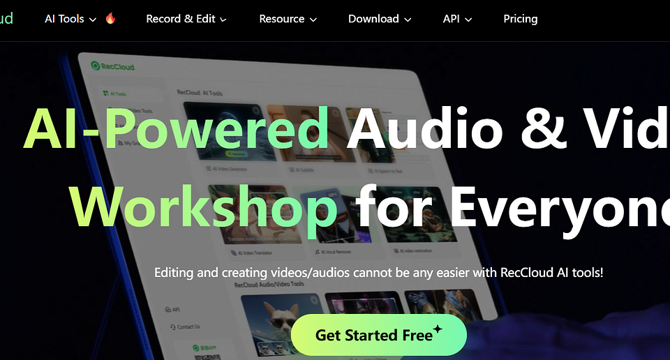
Image Credit: Medium
Unlock Your Productivity: Must-Try AI Tools That Make Work (and Life) Easier in 2025
- ChatGPT: Conversational AI chatbot developed by OpenAI for various tasks.
- RecCloud: Comprehensive video platform for recording and managing videos.
- MidJourney: AI-powered image generator for visualizing ideas quickly.
- Replit: User-friendly software creation platform for building and deploying applications.
Read Full Article
14 Likes
Medium
306

Top 5 Free AI Tools That Will Skyrocket Your Productivity in 2024
- Notion AI: Automatically summarizes meeting notes, generates to-do lists and content, and helps in brainstorming ideas.
- Grammarly: AI-powered writing assistant that corrects grammar, tone, and clarity in real time.
- Tactiq: AI transcription tool that captures meeting calls, highlights key points, and provides auto summaries.
- ChatGPT: Free 24/7 virtual assistant for drafting emails, generating outlines, and automating responses.
Read Full Article
18 Likes
Medium
210

Image Credit: Medium
My Top List of Such Obstacles, With Comments for Programmers
- Many programmers struggle to work efficiently due to various obstacles.
- Insufficiently powerful computers can significantly impact productivity.
- Developing large programs can take longer on weak hardware, wasting valuable time.
- Launching or debugging applications can also be time-consuming on less powerful machines.
Read Full Article
12 Likes
Javacodegeeks
202

Image Credit: Javacodegeeks
How to Open Multiple Projects in the Same Window in IntelliJ IDEA
- IntelliJ IDEA allows you to open and manage multiple projects in the same window, streamlining your workflow.
- To open multiple projects, start by opening your base project and then navigate to the Project Structure.
- In the Project Structure dialog, you can add a new module by importing another project.
- Once imported, you can view and work on multiple projects side-by-side in the same IntelliJ IDEA window.
Read Full Article
12 Likes
Department of Product
270
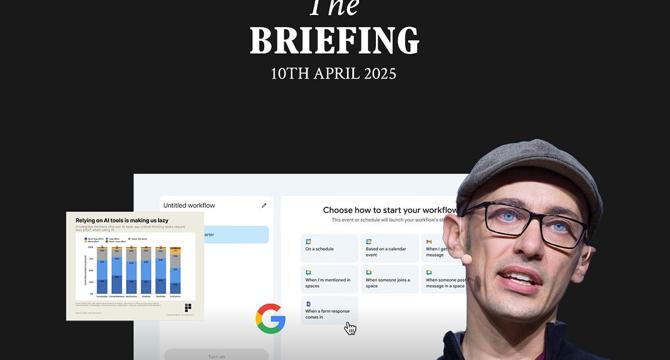
Image Credit: Department of Product
Shopify's CEO demands product teams use AI - but is it making us lazy?
- Google plans to add agentic workflows to Workspace tools like Sheets and Docs.
- Shopify’s CEO mandates that new product prototypes start with AI, raising concerns about dependency.
- Conversational interfaces may not always be the best approach for AI features, according to a product designer at Linear.
- AI agents are changing SaaS pricing dynamics by automating tasks and improving user experience.
- Companies face challenges in bug fixing as teams evolve and institutional knowledge diminishes over time.
- Okta CEO Todd McKinnon predicts sustained demand for software engineers despite industry concerns.
- AI technologies like ChatGPT are enabling cognitive offloading and potentially reducing critical thinking in some tasks.
- Character.AI handles a significant search volume, indicating a growing reliance on AI companions.
- China, Indonesia, and Thailand show strong optimism towards AI, while countries like the US and Canada exhibit lower levels of optimism.
- US support for a TikTok ban has decreased from 50% to 34% since March 2023.
Read Full Article
16 Likes
Lenny's Newsletter
412

Image Credit: Lenny's Newsletter
OpenAI’s CPO on how AI changes must-have skills, moats, coding, startup playbooks, more | Kevin Weil (CPO at OpenAI, ex-Instagram, Twitter)
- Kevin Weil, the Chief Product Officer at OpenAI, discusses various topics related to AI and product development in a podcast episode.
- OpenAI structures its product teams around AI development, using model ensembles to enhance performance, similar to a company comprising individuals with diverse skills.
- Writing effective evaluations (evals) is crucial for product managers working on AI products, as it helps in understanding model strengths and weaknesses.
- OpenAI follows an iterative deployment strategy, prioritizing quick product releases and refining them based on user feedback, rather than waiting for perfection.
- Chat interfaces continue to hold importance in AI interactions, offering flexibility and high communication bandwidth compared to structured interfaces.
- Personalized AI tutoring is seen as a transformative tool in education, potentially benefiting billions of students globally.
- OpenAI's philosophy of 'model maximalism' aims to focus on emerging capabilities rather than current limitations due to the rapid advancements in AI technology.
- AI models at OpenAI are fine-tuned for specific tasks, with the company employing a bottom-up approach that values ownership, autonomy, and rapid learning.
- Kevin Weil discusses the use of 'vibe coding,' a collaborative coding method where developers work alongside AI models to improve efficiency and productivity.
- Designing AI experiences based on human behavior can lead to more intuitive user interfaces and engaging interactions.
Read Full Article
24 Likes
For uninterrupted reading, download the app